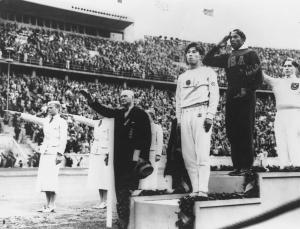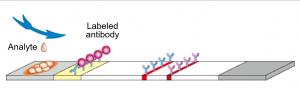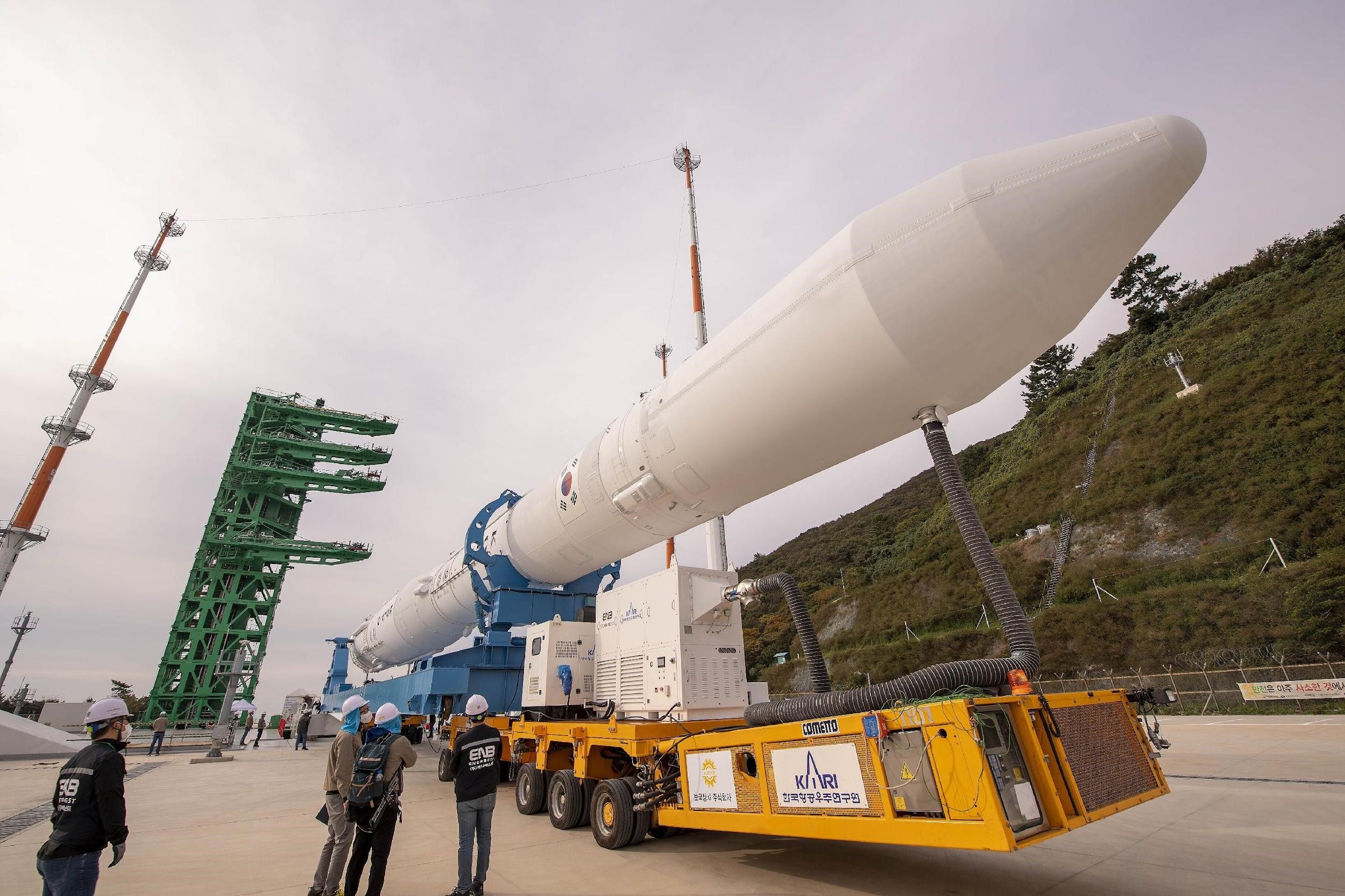 |
| (Source) KSLV-II Nuri Official Website, https://www.kari.re.kr/nuri |
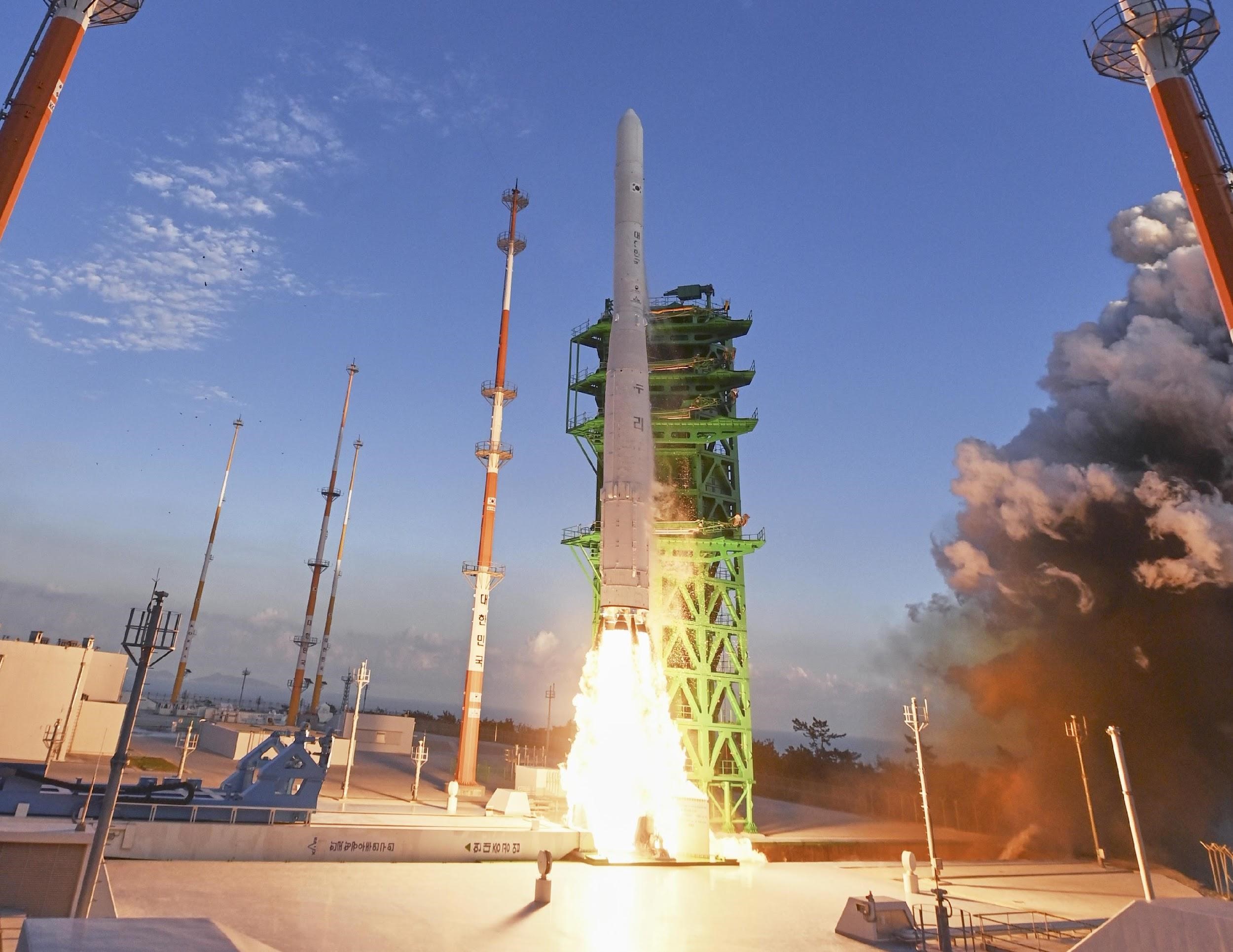 |
| (Source) KSLV-II Nuri Official Website, https://www.kari.re.kr/nuri |
Humans have always dreamed of flying into space. The era of space competition is a time when science and technology have advanced rapidly, and space projects are very important projects that enhance a country's reputation. Today, aerospace engineering is considered as a collection of various fields of science and the most advanced technology in the 21st century. It’s not just launching rockets and landing on the Moon that we’ve been thinking about. It has been a long time since space was used militarily. Last year, the United States separated its Space Force into an independent military division. Space projects conducted by private companies are also on the rise. For example, Elon Musk, who made his reputation through his company Tesla, founded SpaceX. Russia is planning to launch a new space station and has made a budget of about 600 billion rubles (9.3 trillion won) for three years from 2022 to 2024.
Then what about Korea’s history of space exploration? Until KSLV-II Nuri was launched, Korea developed space technology, while suffering a lot of trial and error. The first step of Korea’s space history starts from the late 1980s. In 1992, Korea’s first satellite, KITSAT-1, was launched. Korea’s single stage science rocket KSR-I was first launched in 1993. It succeeded in measuring the ozone over the Korean Peninsula and testing the performance of the rocket itself. Since then, KSR-II, which reduced the weight of the rocket and increased the launch angle, was launched on September 1 of the same year. In 2002, KSR-III, which was Korea’s first liquid propulsion rocket, was developed. In 2008, Lee So-Yeon performed her mission as Korea’s first astronaut, and in 2009, KSLV-I Naro was launched. Previously, Korea had almost no technology related to space launch vehicles. But through cooperation with Russia, it was possible to acquire a tremendous amount of technology, which has had a great influence on Korea’s future space launch vehicle plans.
The Beginning
KSLV-II Nuri is a national project that has cost about two trillion won over 12 years. This is four times larger than the 500 billion won that was used for the development cost of KSLV-I Naro. Korean Aerospace Research Industry (KARI) and more than 300 companies are currently participating in this project. The reason Nuri was developed was to reduce the costs of launching satellites overseas by launching satellites independently from Korea. Also, this project was planned to use big data obtained from satellites not only in space exploration but also in other scientific fields.
The Development Process
Just as the heart is the most important part of the human body, the engine is the most important part of a rocket. This means that the engine can determine the success or failure of the whole project. Nuri is a three-stage launch vehicle. There are two types of engine used in the rocket: the KRE-075 engine and the KRE-007 engine. Both of them are liquid propellant rocket engines. In October 2014, the first ignition test of the engine was held, but the engine was very unstable and the problem could not be solved. After, the engineers overcame the difficulties of combustor instability by changing the design twelve times. The first unit was assembled in March 2016, and in that May the engine ran for 1.5 seconds and succeeded in the combustion test for the first time. Combustion tests were conducted over the next five years, and in March 2021, a comprehensive combustion test of the first stage of the engine with four 75-ton engines was a success.
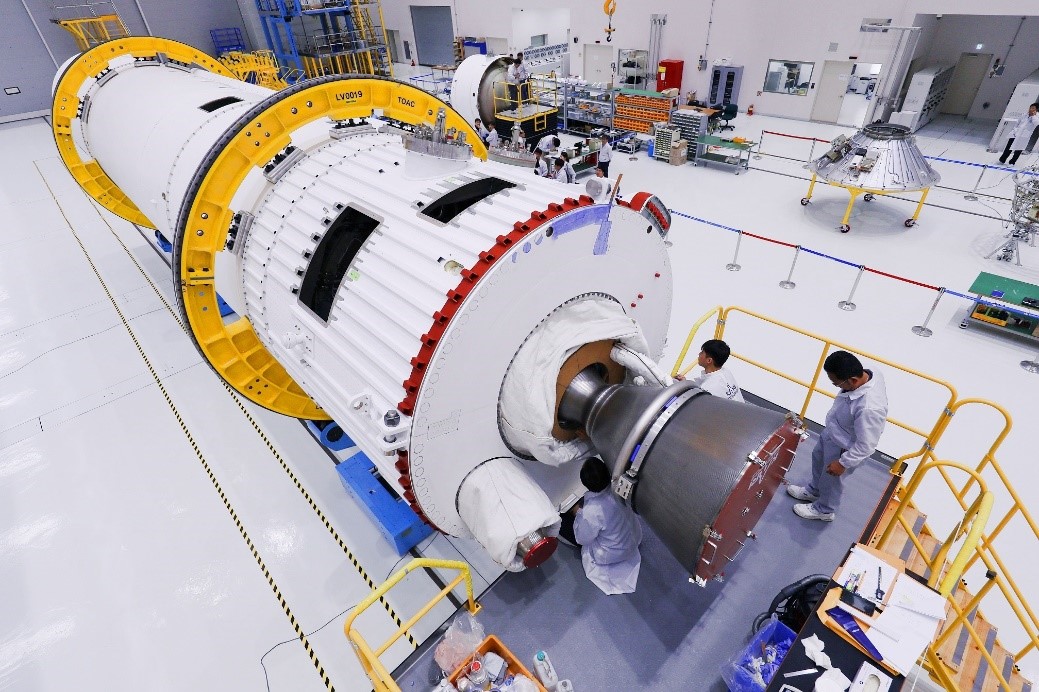 |
| (Source) KSLV-II Nuri Official Website, https://www.kari.re.kr/nuri |
The engine has been successfully developed, but a test launch vehicle is still being developed, which is a challenging and complex part of the project. The development process of the test launch vehicle consists of three parts: an engineering model (EM), a qualification model (QM), and a flying model (FM). On August 14, 2018, a QM appeared on the launch pad. On September 4 of the same year, the FM was revealed. The FM is manufactured in the same way as a vehicle that is actually launched, so it plays an important role in the development process. The FM was launched on November 28, 2018. In this process, it was confirmed that the 75-ton engine operated successfully, and the rocket’s altitude rose to 75km. In June 2021, the complete model of Nuri was revealed. In August of the same year, the wet dress rehearsal (WDR) test began, which is the final stage before launching. All tests were completed in September.
 |
| (Source) KSLV-II Nuri Official Website, https://www.kari.re.kr/nuri |
 |
| (Source) KSLV-II Nuri Official Website, https://www.kari.re.kr/nuri |
First Commercial Launch
 |
At 5 p.m. on October 21, 2021, the moment came when KSLV-II Nuri took its first step. The pride of the Korean science and technology industry rose at the Naro Space Center in Goheung, Jeollanam-do. Despite the chilly weather, Nuri burst a powerful flame from its engines and smoke poured out heavily. Two minutes after the takeoff, news came that Nuri’s first rocket stage had successfully detached. As soon as the rocket reached an altitude of 258km, the second stage separated, and when it reached 700km, the third stage separated without any problems.
According to the official announcement of the Ministry of Science and ICT at 7 p.m., all flight procedures were successful and the rocket reached the target altitude of 700km. Unfortunately, the dummy satellite failed to enter the final orbit. After, a detailed investigation by the Nuri Launch Investigation Committee announced that the helium tank installed inside the third stage engine’s oxidant tank malfunctioned during the flight. This led the third stage engine to turn off in 475 seconds, which is about 46 seconds sooner than the planned time of 521 seconds. As a result, the dummy satellite failed to reach its target speed of 7.5km/s, causing it to fall into the sea south of Australia.
Korea has become the 10th country in the world to launch a space vehicle. From the design, manufacturing, testing, and launching process, Nuri is a space launch vehicle made with our technology. Unlike KSLV-I Naro, which was previously developed with Russia, it is very meaningful to create rockets with domestic technology.
Although the first launch of the Nuri ended with a half success, it's not over yet. The second launch is scheduled on June 15, 2022, and four additional launches will be conducted by 2027. KARI is also preparing another project to upgrade the Korean launch vehicles. The goal is to develop a vehicle that can carry heavier payloads into space and to explore the moon.
Here’s hoping that Nuri, which was born from Korean engineers’ hands, will someday fly into space.
 |
| (Source) KSLV-II Nuri Official Website, https://www.kari.re.kr/nuri |
Kim Youngwoo kyeryoong@gmail.com
<저작권자 © 홍익대영자신문사, 무단 전재 및 재배포 금지>


